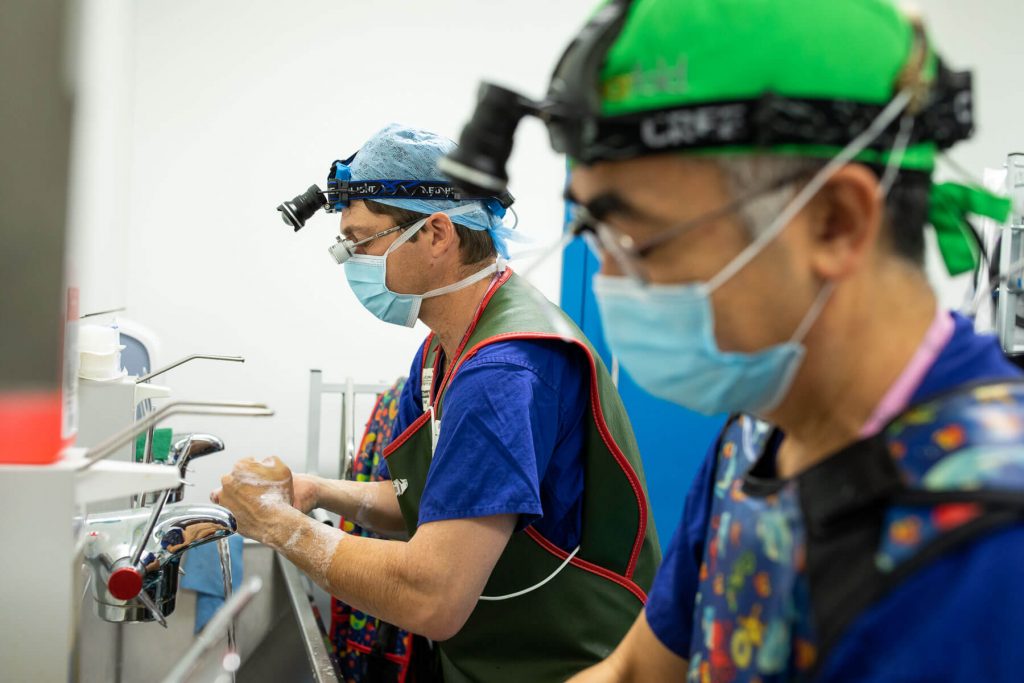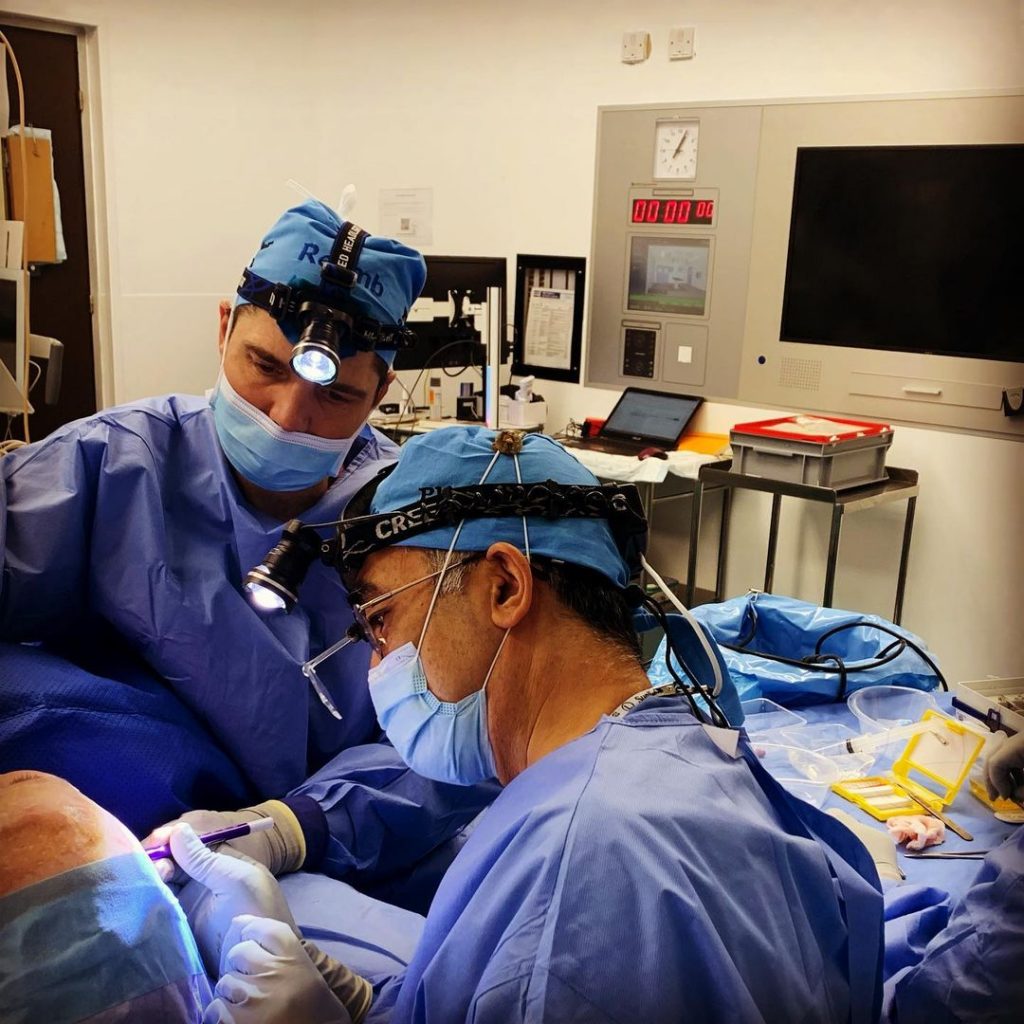Many people experience facial disfigurement, such as missing eyes, ears, or noses, due to trauma or cancer. Replacing these missing parts with silicone prosthetics can significantly improve their appearance and help them regain confidence and participate in everyday social interactions. Here we will explore how these prosthetics can be securely attached to the face using osseointegrated bone-anchors, making life easier and more comfortable for those affected.
Challenges with Traditional Prosthetic Attachment
Silicone prosthetics can be attached to the face using various methods, but common techniques like using glue often have drawbacks. Glue can be messy, may not hold the prosthetic securely, and can cause skin sensitivity. Embarrassing moments, like a prosthetic falling off in public, are common concerns.
Osseointegrated Bone-Anchors: A Reliable Solution
An effective alternative to glue is using osseointegrated bone-anchors. This technique, widely known for securing false teeth, is also highly effective for attaching facial prosthetics. At Relimb™ we specialize in using these bone-anchors to provide a stable and reliable attachment for silicone prosthetics, restoring missing facial parts such as eyes, nose, and ears. We can also use this solution for attaching a bone anchored hearing aid (BAHA).
The Procedure: What to Expect
Planning
Successful attachment of a prosthetic requires careful planning. Typically, two to three bone-anchors are needed to ensure a stable fit. The exact positioning is determined using x-rays or, in rare cases, CT scans. Your surgeon will discuss your specific needs and work with prosthetic specialists to develop a detailed plan.
Surgery
The surgery to place bone-anchors involves two stages:
First Stage:
- The surgeon prepares the area for the bone-anchor by removing overlying soft tissues.
- A thin skin graft is applied to help the tissues adhere to the implant site.
- The bone-anchors are then placed and left to integrate with the bone for at least six weeks (preferably three months).
Second Stage:
- Transcutaneous abutments (external connectors) are attached to the bone-anchors.
- After another six weeks, the site is ready for the prosthetic fitting by the prosthetist.
Aftercare
First Stage:
- The skin graft covering the bone-anchors requires careful monitoring
- Initial dressings are typically removed one to two weeks after surgery, after which you can shower but should avoid baths.
- Moisturizing with Vaseline begins around two to three weeks post-surgery once the skin graft stabilizes.
Second Stage:
- The abutments are visible, and the area should be kept clean and free from infection.
- After the first dressing change (seven to ten days post-surgery), apply Savlon antiseptic ointment around each abutment regularly to maintain cleanliness and prevent bacterial growth.
Real-Life Example
Consider a patient with microtia, a condition where they are missing an ear. They desired a prosthetic ear to make wearing glasses easier. Here’s a brief overview of their journey:


Planning and First Stage:
- Initial planning and implant positioning.
- Surgery to place the bone-anchors, followed by a healing period.
Second Stage:
- Attaching transcutaneous abutments.
- Final fitting of the prosthetic ear after three months.
Outcome:
- The patient now has a secure and cosmetically pleasing prosthetic ear, allowing them to wear glasses comfortably and regain a more typical appearance.
Osseointegrated bone-anchors offer a reliable and secure way to attach prosthetic eyes, ears, and noses, significantly improving the quality of life for individuals with facial disfigurements. If you or someone you know is dealing with facial disfigurement, contact us to explore this innovative solution. With the right care and planning, these prosthetics can restore not just appearance but also confidence and social ease.
First stage of surgery images



Second stage of surgery images


Third stage of surgery images




